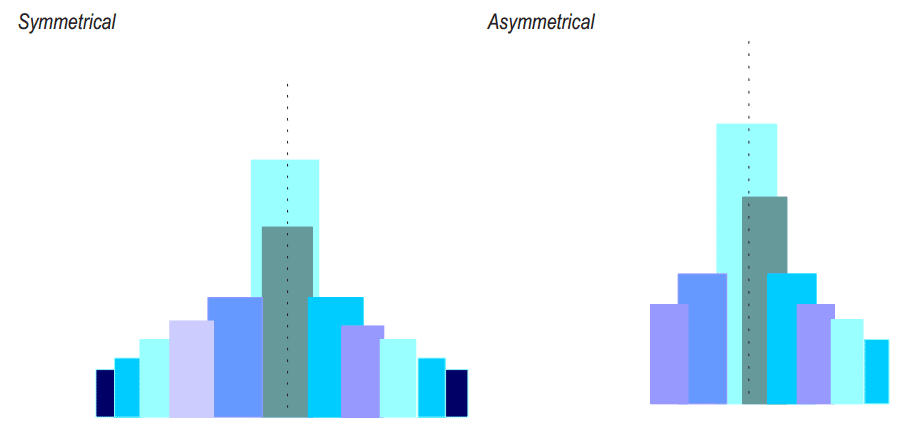Visual merchandising (VM) plans are built upon principles of design similar to those used in other design fields. The overall intention is to create a balanced and harmonious backdrop where displays can be placed to emphasise the product offer.
Each customer entering the store should experience a certain flow to the visual experience that is created through the use of colour, sightlines, proportion, repetition, lighting, signage and display composition. It is these elements of design that are key to evaluating when developing layout assessment checks.
VM standards create a retail image; they make sure the physical store image accurately reflects the brand. This image should be apparent in the design of the entire store from lighting to VM props to individual displays and change rooms. The standards are therefore a formula for consistency.
To learn how to steer your success as a leader, the ARA Retail Institute runs multiple workshops on business leadership and team culture. Join the ARA Retail Institute in their latest workshop on planning a merchandise product range.
{{cta(‘6d61f645-7d51-41f2-86e3-4f5c1d0d34c9’)}}
Colour
Colour has an extraordinary ability to impact customers and instantly remind them of brand, store and often product. It is important then that colour used in visual merchandising displays first and foremost accurately reflects the image the store wants to convey.
Balance and symmetry
Symmetry can be defined as a balance of proportions that creates a beauty of form. It exists when a line drawn through the centre of a display results in equal proportion and weight on either side. If they are not equal the display is asymmetrical.

Ideally displays that are high in the back and centre and low at the front and sides are used as they create a more balanced effect.
Shapes, lines, space and textures
The shape of displays influences how customers look at them. Triangular shapes of all forms have their visual focus at the top and can create the perception of stability and visual harmony.
Lines can be used to create differing effects. Vertical lines give the perception of height, horizontal lines give width and a sense of repose, curved lines add flow and movement, and converging or diverging lines can add depth. Repetition of lines or shapes increases balance and display harmony.
Space has the ability to add prestige or value to a product. Overcrowding and clutter can muddy the message and severely reduce the perception of product value.
Texture can add variety and a ‘touch me’ quality to displays. Used well, texture can encourage customers to interact with products, particularly useful when touching the product itself adds to the experience of the customer i.e. a high quality leather wallet, a cashmere scarf, high thread count bed linen etc.
Lighting
Lighting can make or break a store ambience and the ability of visual merchandising displays to attract and appeal to customers. Done well, it has the ability to enhance products and create mood.
Ambient lighting is the general store lighting most often provided by ceiling lights. Directional lighting is the focused lighting that is used in windows and feature display areas used to direct the customer’s eye.
Ensuring intense lighting is used in window and entrance areas reduces glare on the glass from bright light outside the store.
Provide feedback to staff
Rarely is visual merchandising a one-man job. Often the visual merchandiser will develop the layout plan and delegate the task of implementation to experienced staff across the store.
Feedback needs to be delivered in a way that is both supportive and respectful of the staff that might have volunteered to be involved in visual merchandising.
Evaluate customer feedback on layout
Whilst it is essential that visual merchandising teams conduct thorough evaluations of store layout plans it is just as meaningful that they gather information on how the customer perceives the store.
Usually visual merchandising teams have limited contact with the customer. In smaller stores or independent retailers staff responsible for visual merchandising usually have other responsibilities in customer facing roles so they are more likely to have the opportunity to listen, observe and ask about customer impressions of the layout.
Sales teams can provide anecdotal evidence of customer impressions as they have close contact with them on a daily basis. Some brands actually create opportunities for staff to listen in on customer conversations such as Lululemon who intentionally place folding tables near customer change rooms so staff folding merchandise can listen to what customers might be saying about the store and products.
Observation is another valuable method of gathering customer feedback on store layout. Sales associates can observe how customers navigate the store, whether they can easily find what they’re looking for and how long customer stay in the store. They know which displays are frequented most often, which customers spend the most time at and whether some displays get very little traffic flow at all.
The key then is for visual merchandising staff to ensure open lines of communication for sales associates to forward customer feedback. A weekly morning briefing session could be the right opportunity to discuss feedback, a feedback box or email address, or more likely sales teams can provide any feedback to the store manager who then passes it on to VM. However it is done, it is important that it is done in a timely fashion and with a focus upon improving the commerciality of the store layout.
About ARA Retail Institute
ARA Retail Institute is Australia’s leading retail training provider for both accredited and non-accredited learning programs. For more information, please visit: www.retailinstitute.org.au






















